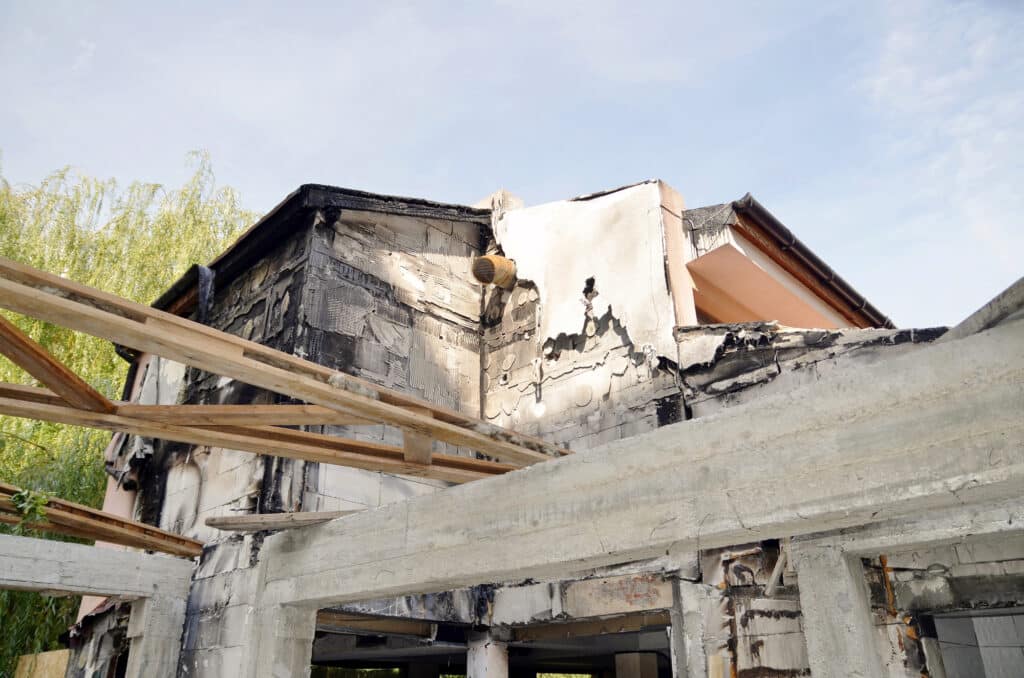
Experiencing a fire in your home can be devastating. Beyond the emotional toll, homeowners are often left with significant damage that requires extensive repairs or even a complete rebuild. Understanding how to calculate the cost of rebuilding after a fire is crucial for planning your recovery and negotiating with your insurance company. This article will guide you through the process.
1. Assess the Extent of the Damage
The first step in calculating the rebuild cost is to assess the extent of the damage. This involves determining which parts of the house have been affected by the fire, smoke, water, and firefighting efforts.
It’s important to note that fire damage isn’t always visible. Structural elements like beams and joists may be weakened by the heat, electrical systems may be damaged, and there may be hidden water damage from extinguishing the fire. A professional fire damage inspector can provide a thorough assessment of the damage.
2. Determine the Scope of Work
Once you understand the extent of the damage, you can determine the scope of work required to repair or rebuild your home. This might range from repairing or replacing certain elements, such as drywall, flooring, and electrical systems, to a complete teardown and rebuild if the damage is extensive.
3. Estimate Material and Labor Costs
The next step is to estimate the cost of materials and labor. This will depend on the scope of work, the size of your home, and local construction costs.
Material costs include everything from framing lumber and roofing materials to drywall, flooring, and fixtures. Be sure to consider the quality and type of materials you want to use, as this can significantly impact the cost.
Labor costs typically make up a significant portion of the rebuild cost. This includes not only the construction workers who will repair or rebuild your home but also electricians, plumbers, and other specialists.
4. Factor in Demolition and Cleanup Costs
If your home needs to be partially or completely torn down, you’ll need to factor in demolition and cleanup costs. This includes the cost of removing and disposing of debris, which can be substantial if the home contains asbestos or other hazardous materials.
5. Consider Additional Costs
There are several additional costs that homeowners often overlook when calculating the rebuild cost. These include:
- Permit fees: Most municipalities require permits for major construction work, including repairs and rebuilds after a fire.
- Temporary housing: If your home is uninhabitable during the repair or rebuild process, you may need to budget for temporary housing.
- Insurance deductibles: Your homeowner’s insurance policy likely has a deductible that you’ll need to pay out-of-pocket.
- Upgrades: If you decide to upgrade your home during the rebuild, such as installing higher-quality materials or adding additional features, these costs should be factored into your estimate.
6. Consult with Professionals
Calculating the rebuild cost after a fire can be complex, and it’s often beneficial to consult with professionals. A contractor experienced in fire damage repair can provide a detailed estimate, and a public adjuster can help ensure you receive a fair settlement from your insurance company.
In conclusion, calculating the fire damage rebuild cost involves assessing the extent of the damage, determining the scope of work, estimating material and labor costs, factoring in demolition and cleanup costs, considering additional costs, and consulting with professionals. While this process can be daunting, it’s an essential step in recovering from a fire and rebuilding your home.
